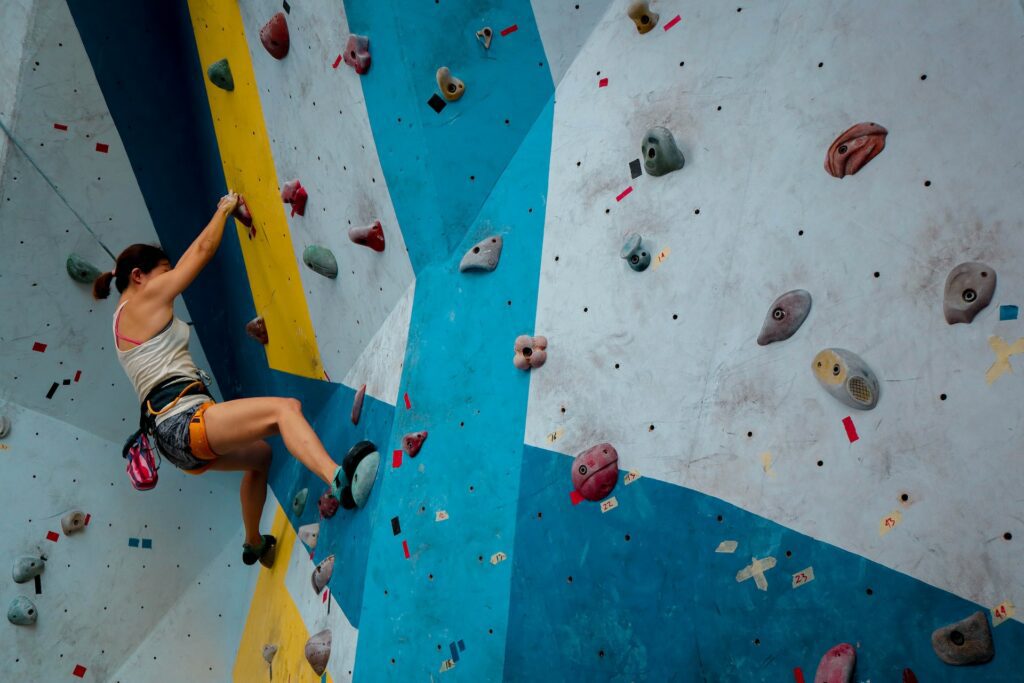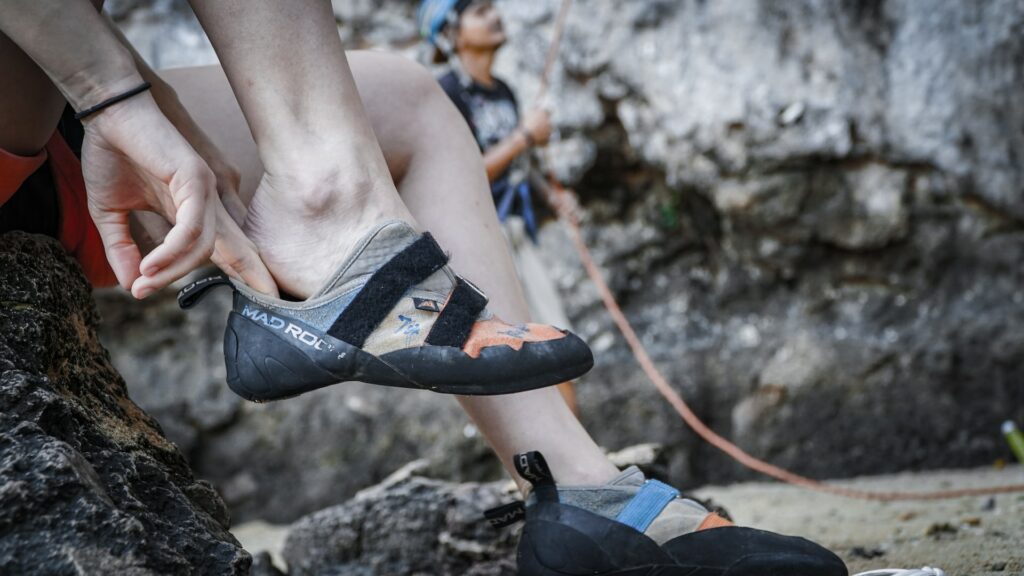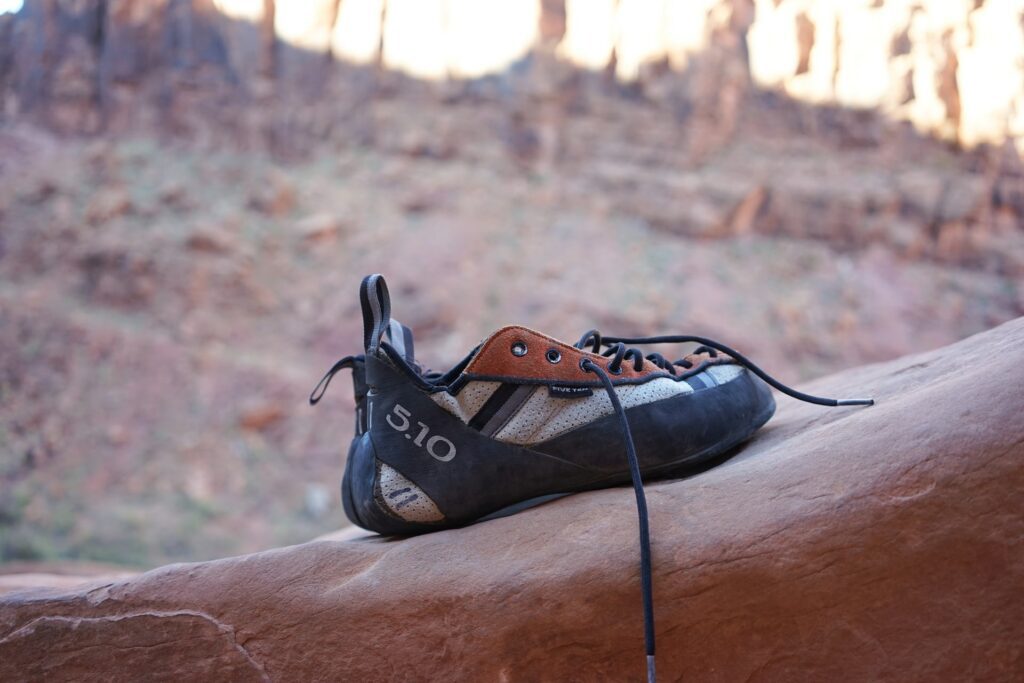Table of Contents
As climbers, we understand the importance of having the right gear for the job. And when it comes to rock climbing, one of the most essential pieces of gear is a good pair of climbing shoes. However, we often hear concerns from climbers that their shoes may be causing pain or injury to their feet. So, are climbing shoes bad for your feet?

The answer is not a simple yes or no. While climbing shoes can potentially cause problems for your feet, they also provide many benefits that can improve your climbing performance. In this article, we will discuss the potential problems with climbing shoes, their benefits, how to choose the right pair, and how to care for your feet as a climber.
Understanding Climbing Shoes
First, let’s start by understanding what climbing shoes are and why they are important. Climbing shoes are designed to provide climbers with better grip and precision on the rock. They have a sticky rubber sole and a snug fit that allows climbers to feel the rock better and use their feet to push and pull themselves up the wall.
There are different types of climbing shoes that cater to different types of climbing. For example, a beginner may choose a more comfortable and less aggressive shoe for all-day comfort, while an experienced climber may prefer a more aggressive, down-turned shoe for technical climbing.
Potential Problems with Climbing Shoes
One of the most common complaints we hear from climbers is that their climbing shoes are causing them pain or discomfort. This can be due to a number of reasons, such as the shoes being too tight or the wrong size, or the design of the shoe not being suitable for the climber’s foot shape or climbing style. Or the shoes have not been broken in yet.
Another potential problem with climbing shoes is the risk of developing foot injuries such as plantar fasciitis or Achilles tendonitis. Climbing shoes can put pressure on certain parts of the foot and overuse can lead to inflammation and injury.
Benefits of Climbing Shoes
Despite the potential problems, climbing shoes provide many benefits that can improve your climbing performance. The snug fit and sticky rubber sole allow for better grip and precision on the rock, making difficult moves easier to execute. The downturned shape of some climbing shoes can also provide more power and allow climbers to use their feet in ways that regular shoes can’t.

In addition, climbing shoes also provide protection for your feet while climbing. They are designed to protect your toes and the sides of your feet from scraping against the rock or getting caught in cracks.
How to Choose the Right Climbing Shoes
Choosing the right climbing shoes can make all the difference in terms of comfort, performance, and foot health. When trying on climbing shoes, it is important to look for a snug fit that is not too tight or too loose. You want the shoe to feel like a second skin, but not to the point where it causes pain or restricts blood flow.
Consider the type of climbing you will be doing and choose a shoe that is appropriate for that style. If you are a beginner or plan to do all-day climbs, a more comfortable shoe may be the way to go. If you are an experienced climber looking to tackle technical routes, a more aggressive shoe may be necessary.
It is also important to gradually break in new climbing shoes to avoid discomfort or injury. Wear them around the house or on short climbs to help them mold to your feet before taking on longer or more technical climbs.
Foot Care for Climbers
As climbers, we put a lot of strain on our feet. To avoid pain and injury, it is important to take care of our feet both on and off the rock. Stretching and strengthening exercises can help keep our feet healthy and prevent common climbing injuries.
Proper foot hygiene is also essential for climbers to prevent infections and keep their feet healthy. It’s important to keep your feet clean and dry, especially after climbing, and to regularly trim your toenails to prevent them from digging into the end of your climbing shoe and causing discomfort.
In addition, taking breaks and listening to our bodies when climbing can also help prevent injury. Don’t push yourself too hard, and if you feel pain or discomfort, take a break or consider trying a different pair of shoes.
Conclusion
So, are climbing shoes bad for your feet? The answer is that it depends. While climbing shoes can potentially cause problems for your feet, they also provide many benefits that can improve your climbing performance. The key is to choose the right pair of shoes for your foot shape and climbing style, and to take care of your feet both on and off the rock.
At the end of the day, foot health should always be a priority for climbers. We recommend regularly checking in with your feet, taking breaks when necessary, and seeking medical attention if you experience any persistent pain or discomfort. With the right gear and proper care, you can enjoy the benefits of climbing shoes without sacrificing your foot health.



